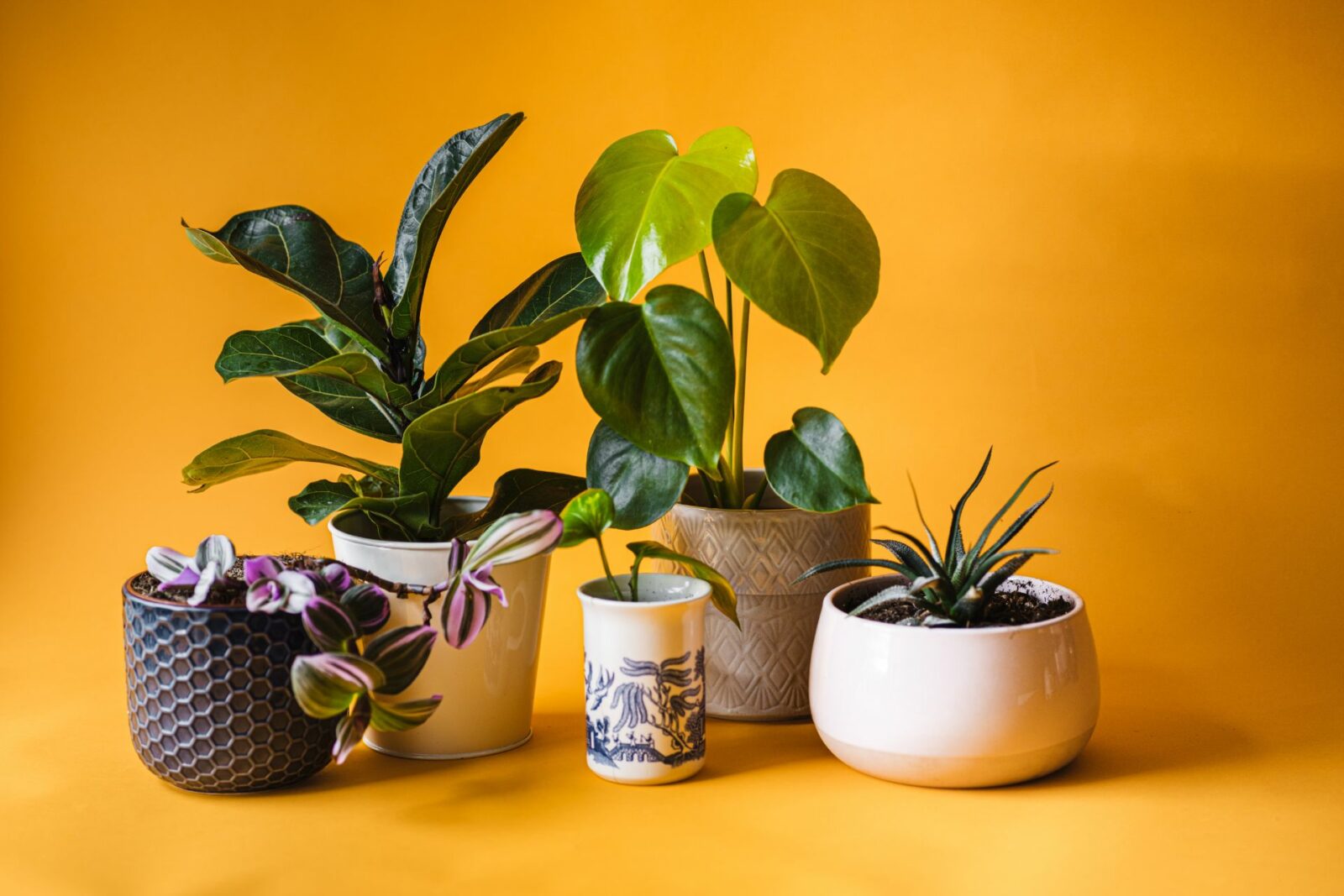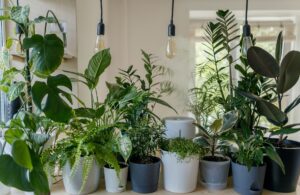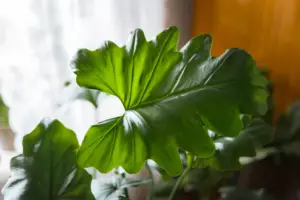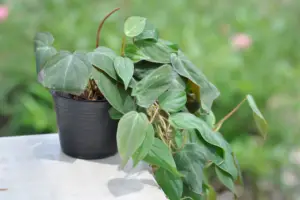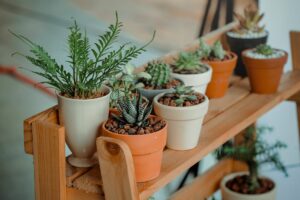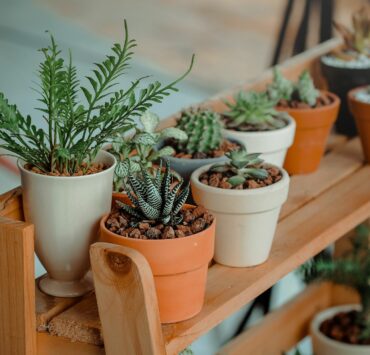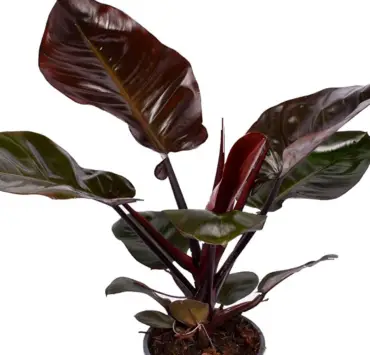Proper drainage is essential for the health of indoor plants. Without proper drainage, excess water can accumulate at the bottom of the pot, leading to root rot and other problems. In this blog, we will provide you with a detailed guide on what to put in the bottom of an indoor planter for drainage.
How and What to Put in Bottom of Indoor Planter for Drainage?
Step 1: Choose a Pot with Drainage Holes
Before we discuss what to put at the bottom of a planter for drainage, it’s essential to choose a pot with drainage holes. Drainage holes allow excess water to flow out of the pot and prevent water from accumulating at the bottom.
Step 2: Add a Layer of Rocks or Gravel
Adding a layer of rocks or gravel at the bottom of the pot can help improve drainage. This layer of rocks or gravel creates a space for excess water to accumulate, preventing it from drowning the roots of the plant. The layer should be about an inch thick.
Step 3: Add a Layer of Activated Charcoal
Adding a layer of activated charcoal on top of the rocks or gravel can help keep the soil fresh and prevent odors. Activated charcoal can also help absorb excess moisture, preventing root rot. The layer of activated charcoal should be about ¼ inch thick.
Step 4: Add a Layer of Landscape Fabric
Adding a layer of landscape fabric on top of the activated charcoal can help prevent soil from washing away and clogging the drainage holes. The layer of landscape fabric should be about ¼ inch thick.
Step 5: Add Soil and Plant
After adding the layers of rocks or gravel, activated charcoal, and landscape fabric, you can add soil and plant your indoor plant. Make sure to use a high-quality potting mix that is well-draining and appropriate for your plant.
By following these steps, you can ensure that your indoor plant has proper drainage and prevent root rot and other problems. Remember to water your plant appropriately, and avoid letting it sit in standing water. Happy planting!
